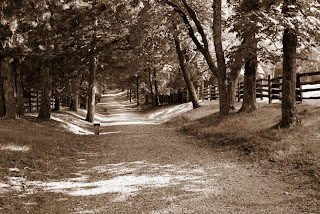Facing Your Giants by Max Lucado
In Facing Your Giants, Lucado examines the life of David and the literal giant Goliath as well as other figurative giants he faced such as being persecuted by Saul, warfare, family issues, and others. The book, like most of Lucado's books, is uplifting and encouraging to those facing tough circumstances in life. Whether it be sickness, career difficulties, relationship problems, or something else, he provides encouragement and helps the reader examine the life of David and how he worked with God through some of his own giants.
Multiple versions of the Bible are referenced and at times can seem as though they are chosen specifically to fit what Lucado would like the passage to say. This is not to minimize the scripture references but translations closer to word for word such as the New American Standard and King James are used minimally in favor of versions such as The Message and the New Living Translation.
Lucado definitely has a gift for story telling and uses this to provide visual imagery and possible thoughts the characters had during the Biblical stories of David. Some of this is interesting and provides a new perspective on familiar stories but the reader would do well to keep in mind that some of this imagery is Lucado's personal interpretation of the stories and not gospel truth.
A study guide is located in the back of the book which would serve as a good resource for further reflection or even as a group study.
As a whole, I found the book to be encouraging and thought through several difficult "giants" I've faced in my own life while reading it. Facing Your Giants would be good for anyone facing difficult circumstances to gain encouragement and inspiration through learning about the life of David.
If you found this review helpful, please let Amazon know at this link.




































































